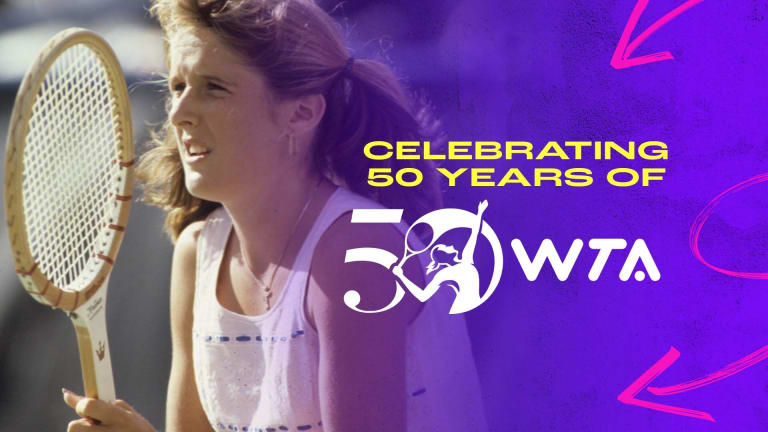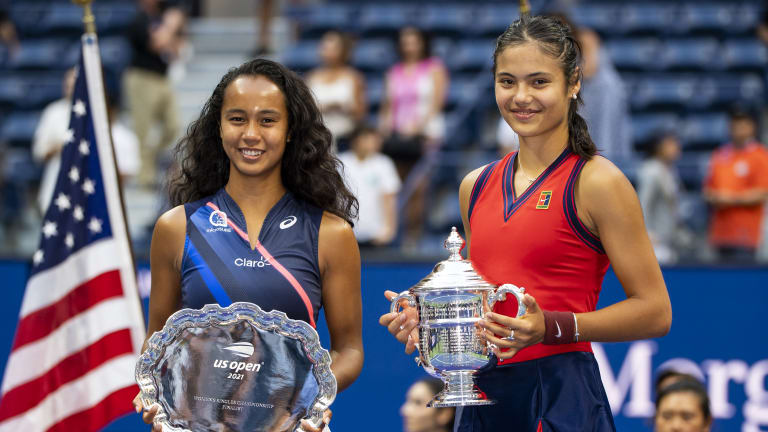Fifty Years of the WTA
Chapter 6: Austin, Graf, Sharapova and Raducanu exemplify the WTA's capacity for teenage stars
By Jun 21, 2023Fifty Years of the WTA
Chapter 5: Venus and Serena Williams are perhaps the greatest story in the history of sports
By Jun 03, 2023Fifty Years of the WTA
Chapter 4: Steffi Graf and Monica Seles give us the next great sports rivalry
By May 01, 2023Fifty Years of the WTA
Chapter 3: Fellow Hall of Famers Tracy Austin and Pam Shriver reflect on their rivalries with Chris Evert and Martina Navratilova
By Mar 27, 2023Fifty Years of the WTA
Chapter 2: 50 years ago, the WTA was born, the sexes battled, and women's sports changed forever
By Feb 21, 2023Fifty Years of the WTA
Chapter 1: Before the “Original 9,” there was Gladys Heldman, who launched the women's tennis revolution
By Jan 24, 2023Facts & Stats
Ranking Reaction: Carlos Alcaraz returns to No. 1 after winning fifth ATP title of year at Queen’s Club
By Jun 26, 2023American teen Ashlyn Krueger goes on the attack to earn 1st WTA title at Veneto Open
By Jun 25, 2023Samsonova, Errani advance at Bad Homburg Open
By Jun 25, 2023ATP London, Great Britain
Carlos Alcaraz rose to the challenge at Queen's Club, but can he fend off Novak Djokovic at Wimbledon?
By Jun 25, 2023Fifty Years of the WTA
Chapter 6: Austin, Graf, Sharapova and Raducanu exemplify the WTA's capacity for teenage stars
They are but four examples of exceptional teen accomplishment on tour.
Published Jun 21, 2023
Advertising

At the age of four, Tracy Austin was featured on the cover of World Tennis. At 13, the same with Sports Illustrated, the headline reading, “A Star is Born.”
Advertising
Advertising
Advertising

No one would have ever predicted that a US Open final between a Canadian lefty and a British qualifier would have captivated New York—but it absolutely did.
© © TENNIS PHOTO NETWORK,